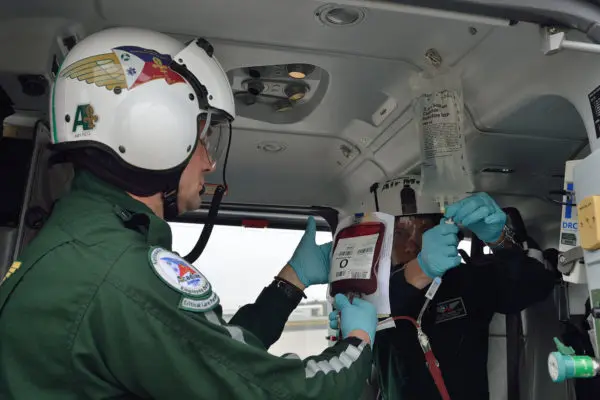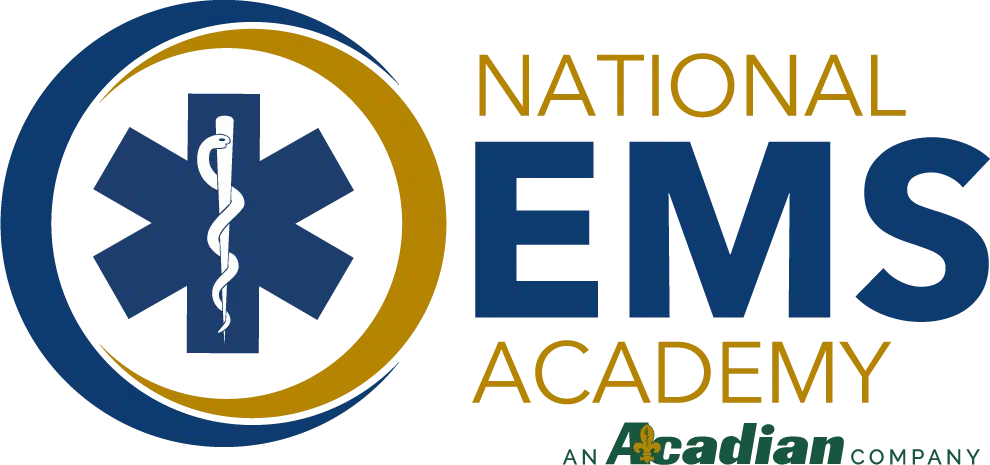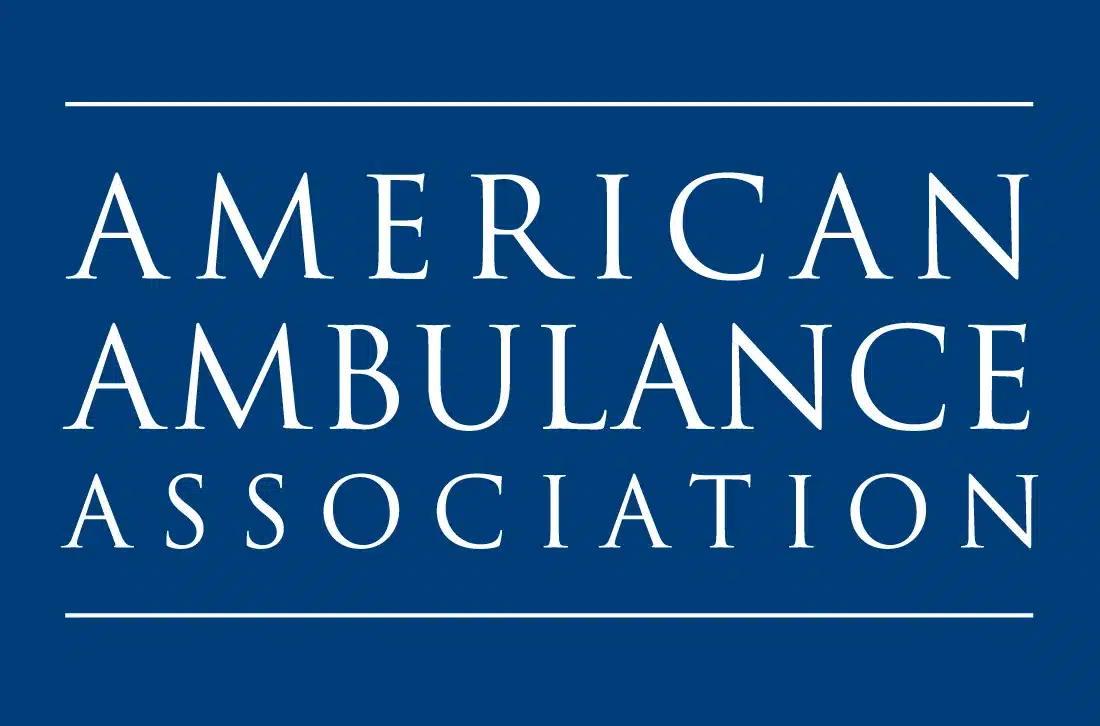 Acadian Air Med, a division of Acadian Ambulance, is proud to now offer blood treatment inflight as part of its Louisiana and Texas service. The new service is a result of a year of planning and is due to a new partnership with United Blood Services. Acadian Air Med anticipates more lives saved from performing blood transfusions in the air rather than having to wait until arriving at a hospital.
Acadian Air Med, a division of Acadian Ambulance, is proud to now offer blood treatment inflight as part of its Louisiana and Texas service. The new service is a result of a year of planning and is due to a new partnership with United Blood Services. Acadian Air Med anticipates more lives saved from performing blood transfusions in the air rather than having to wait until arriving at a hospital.
Air ambulance providers have only recently started carrying blood onboard due to complex issues related to air pressure fluctuations, temperature and costs. Very few aeromedical services in the South carry blood onboard and, outside of the military, only a limited number of hospital-based air medical services carry blood worldwide.
“Due to an increased number of critical patients traveling long distances, air services can be highly impactful in patient outcomes. Because of this, we opted to invest in the vital service throughout the entire Air Med fleet,” says Acadian Chief Medical Officer Dr. Charles Burnell.
This investment will make Acadian Air Med the first and only air ambulance with blood supplies to serve the oil and gas industry and the many platforms and workers located in the Gulf of Mexico. “Those patients will now have improved chances of survival, despite being in ultra-remote locations,” says Burnell.
Air Med aircraft are equipped with two units of blood, two O-Negative and two O-Positive for every shift, with one more unit of each available to restock. The average human body is made up of approximately 10 units. For a patient who has lost a significant amount of blood, two units can make a big difference. There have already been several occasions in which the investment of blood treatment has proven to be lifesaving.
“The goal is to transport patients to centers with the highest level of care. When extra time means the difference between life and death, a blood transfusion can be a lifesaving treatment,” says Mark Morris RN, clinical care coordinator for Acadian Air Med. “Having blood onboard can increase the window of time to transport the patient to a dedicated trauma center,” he adds. Since its introduction, the company has added vital blood supplies to four more aircraft and expects all helicopters to be supplied within the next 30 days.













